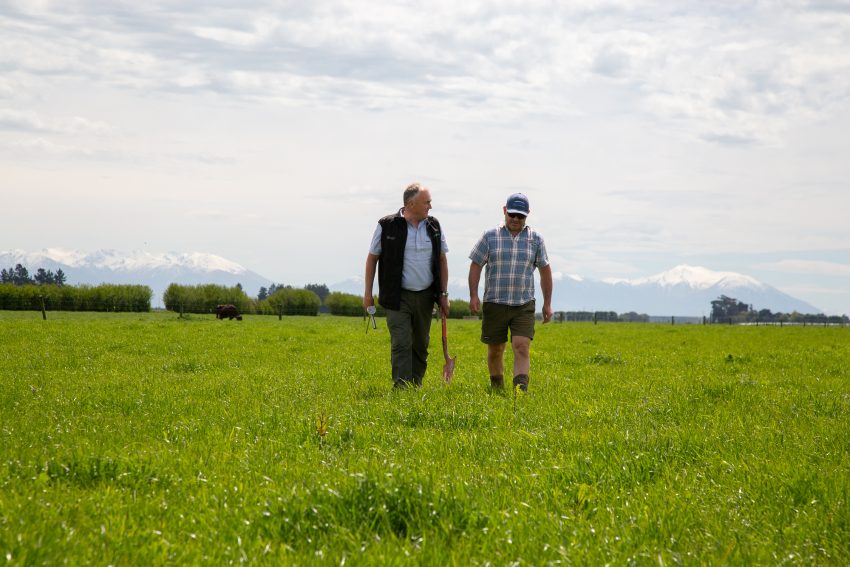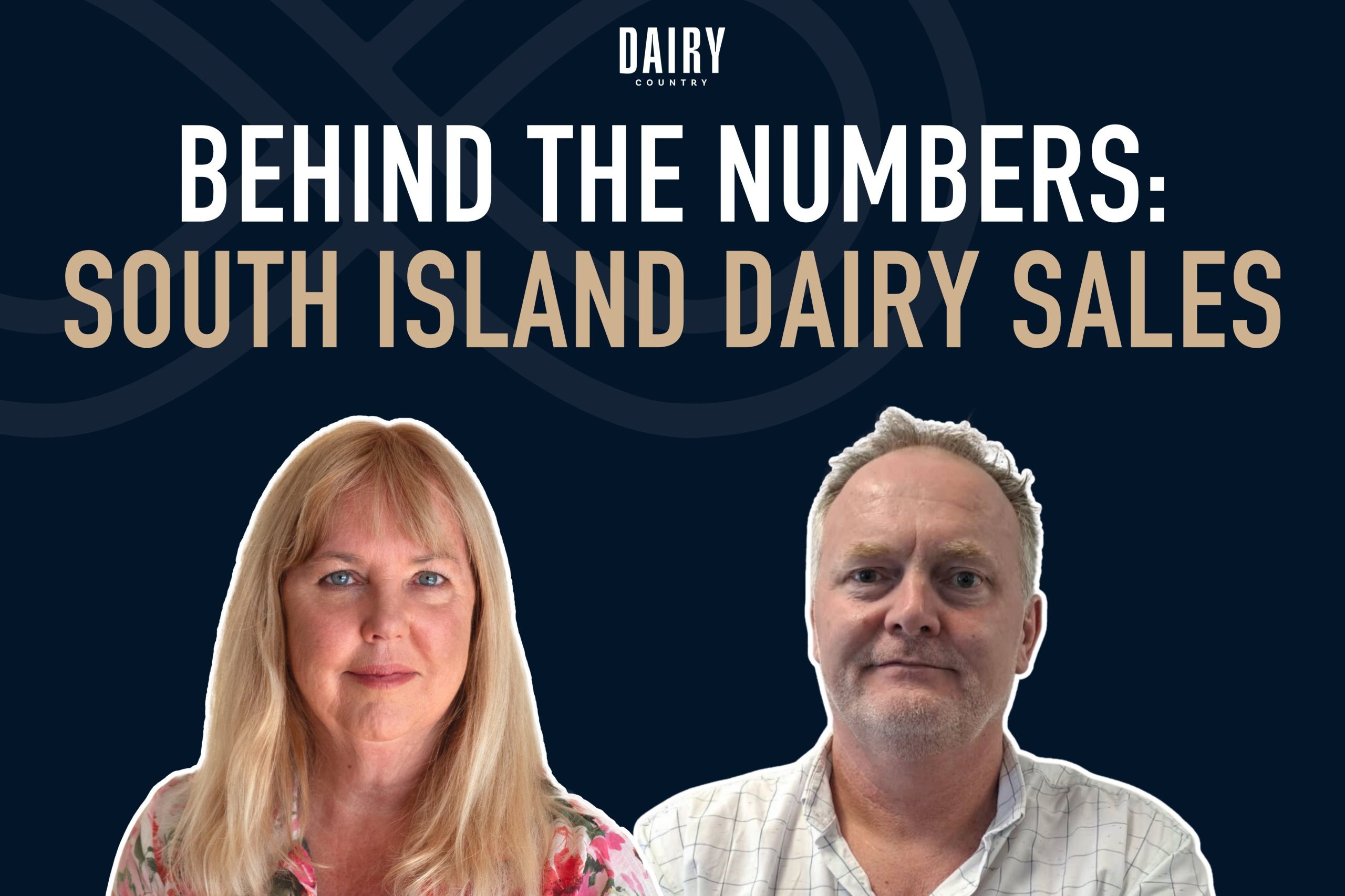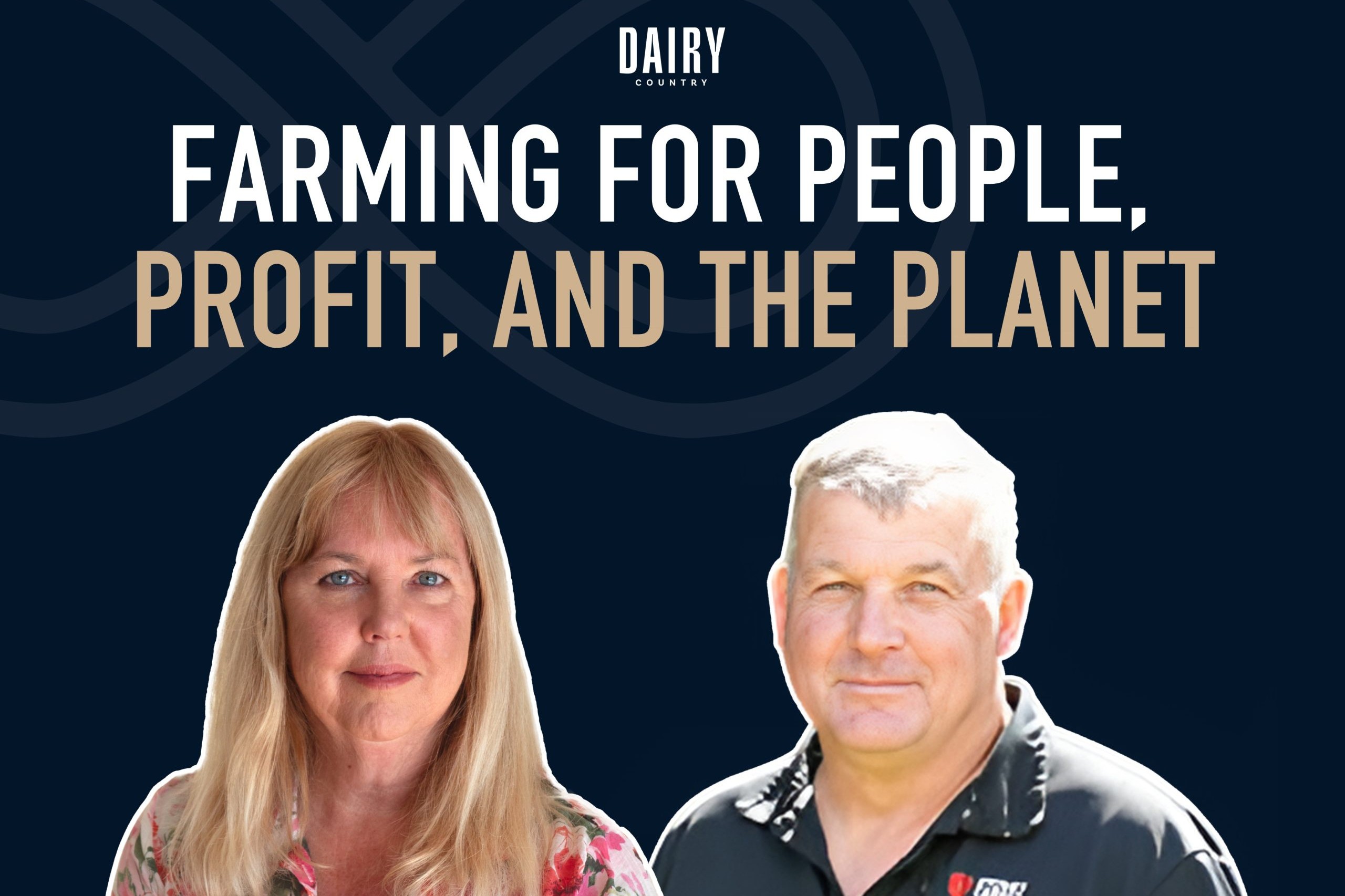Collars deliver on ROI
Putting collars on 3,000 cows in the Wairarapa has improved health, for both the cows and the staff managing them. Words Sheryl Haitana.

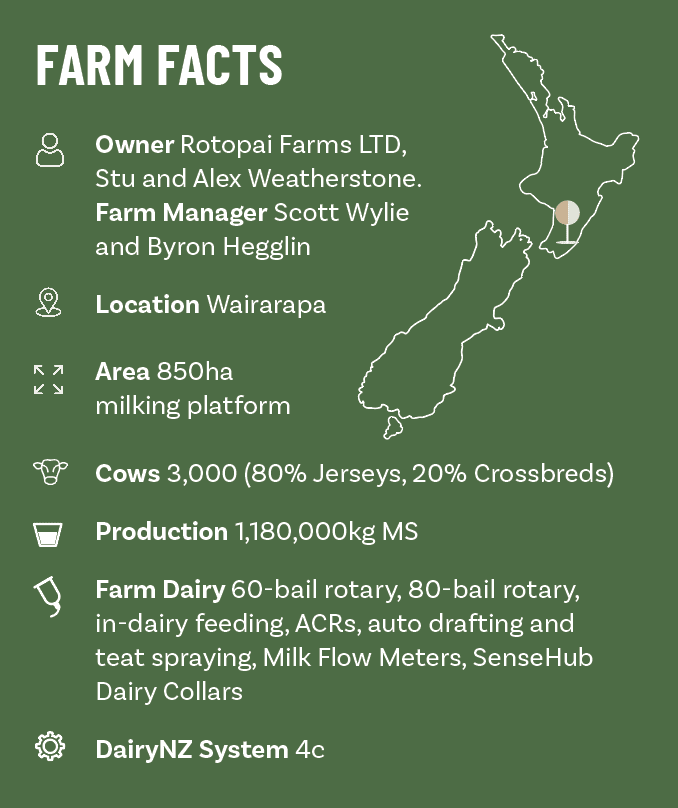 Farm Manager Scott Wylie was spending up to 5.5 hours a day during the nine weeks of mating in the shed, identifying and drafting out cows on heat.
Farm Manager Scott Wylie was spending up to 5.5 hours a day during the nine weeks of mating in the shed, identifying and drafting out cows on heat.
Before investing in SenseHub Dairy cow collars, they relied on tail paint and Kamars for heat detection. Nine weeks of mating plus three weeks of monitoring pre-mating heats for the cows Scott manages added up to a lot of hours and a lot of pressure to put the right cows forward for insemination. In the first year of having collars on, they used 900 fewer straws.
“What we found was in the past we were putting a lot of cows up who weren’t quite on heat,” Scott says.
Prior to the cow collars, their nine-week mating had a 62% six-week in-calf rate and a 22% not-in-calf rate for the 2022–23 season.
“A lot of farms had a high empty rate that year, but we were always average in the 60s for our six-week in-calf rate.”
In 2023–24 they dropped their not-in-calf rate to 13% and 11% in 2024–25. Their six-week in-calf rate lifted to 72% and 76% respectively.
Scott has been working for Stu Weatherstone for 15 years and manages five staff along with three herds through the 80-bail rotary, including a high-producing herd who are Twice A Day (TAD) the entire season, the heifers, who are milked Once A Day (OAD) the whole season, and a mixed herd which are put on OAD three weeks prior to mating.
The other farm manager, Byron Hegglin, runs the 60-bail rotary, four staff and two herds of mixed-aged cows milked TAD all season.
“It’s been awesome having the collars; it’s changed a lot of the way we do things,” Scott says. “It’s given me and our other farm manager a lot more flexibility; we don’t have to spend hours in the shed during mating and we can focus on other things.”
It also brings consistency between what they are doing, and when they’re away it supports the staff to be across what is going on with the cows.
“We have a large number of cows to monitor and you just don’t see every cow every day.”
The rumination data has been eye-opening. Between rumination and activity data, Scott usually knows if the cows are getting enough grass before he’s even had a chance to get to the paddock to check residuals.
“If they’ve had enough to eat, they’re obviously resting and ruminating. If they’re still hungry, they would have been walking around the paddock.”
Feeding through the farm dairy, they can also see changes in rumination if they change the feed ration.
“We were feeding a mix of maize grain and barley and sometimes the ratio is a bit off – you can see that in their rumination data.”
The health alerts have given them data to investigate any potentially sick or lame cows earlier, which leads to less production drop and faster recovery.
One of the big moments for Scott was when the system flagged 200 cows on a health alert. Which, based on what he was seeing on farm, turned out to be early signs of acidosis in some animals.
“Some were already showing clinical signs, and because we caught it early, we were able to treat the mob straight away,” he says.
The pre-calving health alert has also been a game changer. Scott can identify the cows to keep an eye on or draft them out of the springer mob early. It has saved him hours’ doing calving checks late at night as he has gained confidence in the technology.
“I am definitely less stressed at night. I still do night rounds, but now with the collars, if there are no alerts, I have the confidence I can go home and stay there. I used to always go back out for a second check, now I can actually relax.”
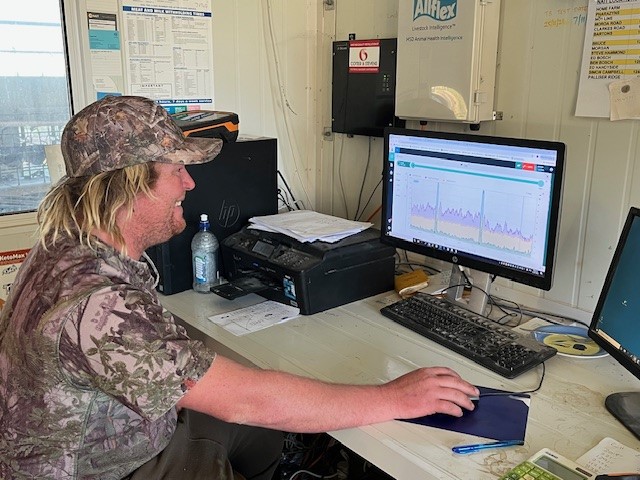
Return on Investment Calculator
MSD Animal Health is working with farmers on return on investment calculations to give them the ability to run their own numbers on SenseHub Dairy.
By inputting figures such as the cost of insemination straws, reduction in cow deaths, reduction of herd health issues, reduction in labour, and estimated improvements in milk production, the farmer can work out how SenseHub Dairy might be able to improve their own bottom line.
For Stu Weatherstone, calculating the figures himself and seeing them in black and white made it an easy decision to invest in the technology. The technology involved no hefty install or hardware costs upfront and gave access of the technology to the whole farm team.
“The cost of the cow collars was reasonable and they’ve done what we expected they would for us. We have saved $600 from using no kamars and $1,000 on no tail paint.”
The performance around cow selection for mating and the early health alerts have added so much value to the business, he says.
As an employer, to see the stress reduced from the staff around mating alone has been worth it.
“Our team is everything. We could not do what we do without them. They were spending hours in the shed during mating, doing a tedious job, and it’s stressful – especially with this sheer volume of cow numbers.
“The collars have allowed us to spread the workload better over mating, which allows the team to work fewer hours.”
“Their improved mating has increased days in milk and thus given them more options to cull cows, which is ultimately driving up their farm’s bottom line, he says.
“Farming comes with a lot of variables, but the collars help take the guesswork out of it. Our team does a great job, and the collars support them to perform even better.
We had three wet springs before we introduced the collars, which really highlighted the need for smarter technology. Since then, we’ve seen a significant lift in on farm performance.”
Farmers can run their own figures through the ROI calculator by contacting their local SenseHub Dairy Sales Specialists.
Visit sensehub.co.nz


